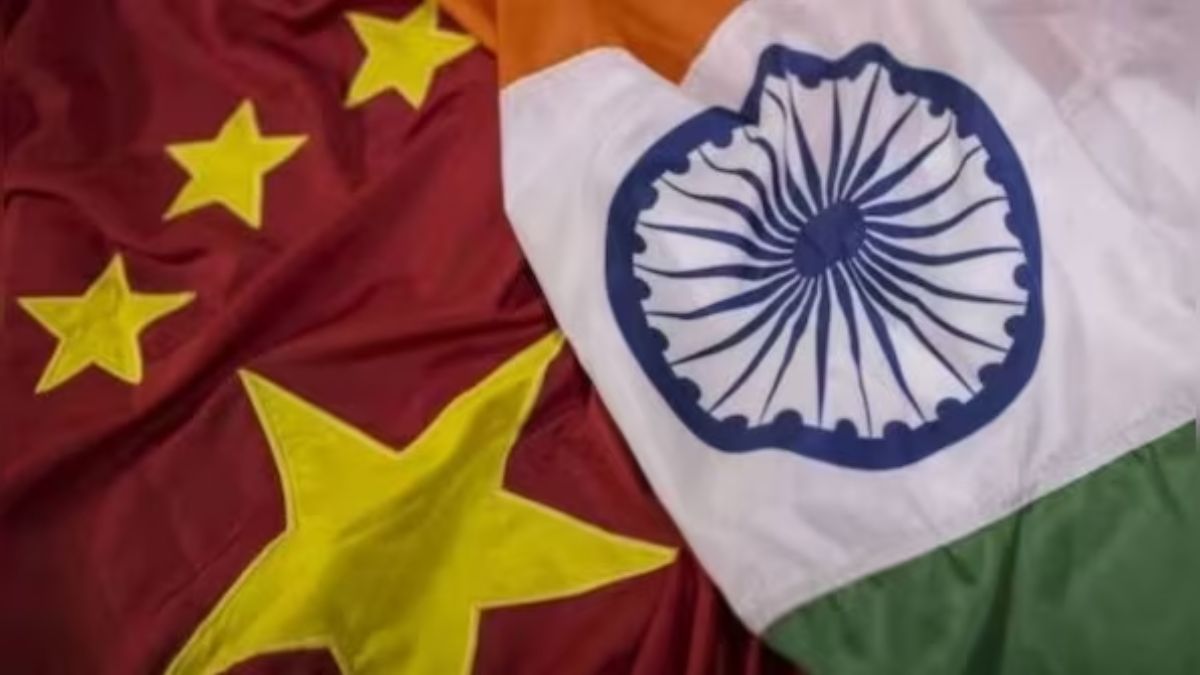A quick glance through the full text of Chinese President Xi Jinping at the Opening Ceremony of The Belt and Road Forum for International Cooperation, shows how China has positioned the One Belt One Road (OBOR) as a project of immense economic sense to the world and a ‘project of the century’.
The OBOR plan revives an ancient trade route that once connected most of Asia to Europe and Africa - known as Silk Route. The idea of a new Silk Route, which was unveiled in 2013, seeks to revive this old channel and connect these countries with trade routes of both land and sea, with significant investments involved, mainly from China.
China alone has promised to fork out $124 billion for OBOR. In other words, this money will go to projects in different countries along the corridor as Chinese loans and will, in turn, boost trade and employment for them. There is a general agreement for the OBOR from most countries, including much of India’s neighbors. This backing was evident from the opening ceremony that was attended by heads of 29 states, including Russian President Vladmir Putin. Also, delegations from over 100 countries were present in the ceremony. Logically, most eastern countries are kicked by the prospects of the project and what it means for each one of them in future in terms of investments.
But for India, this isn’t just a matter of economics alone but has serious ramifications on the issue of its territorial integrity and security. That is because an economic corridor in progress – between two of its often hostile neighbors – known as China-Pakistan Economic Corridor is central to the OBOR project. The CPEC involves construction of roads, railways and power plants. It will directly link China to the Gwadar port on the southwestern coast of Balochistan in Pakistan on the shores of Arabian ocean, something Pakistan built with significant Chinese assistance. The OBOR envisages significant additional investments in CPEC corridor. This offers India two major reasons to worry.
One, the CPEC project passes through the Pakistan Occupied Kashmir, a geography India claims to be its part.
Two, such Chinese money flow to Pakistan will increase the Chinese economic and strategic influence on India’s hostile neighbour with which it has fought four wars since 1947. In fact, Pakistan economy’s dependence on China to improve its fortunes is so high that a recent World Bank report (read a report on this here ) warned that Pakistan’s prospects of growing even at modest 5 percent a year are at risk due to delays in the implementation of the $46-billion CPEC projects.
China has, for long, expressed concern on the delay of implementation of CPEC project and has questioned Pakistan’s administrative efficiency in rolling out the project.
China has attempted to allay India’s concerns saying, “All countries should respect each other’s sovereignty, dignity and territorial integrity, each other’s development paths and social systems, and each other’s core interests and major concerns."
But, it is no secret that Chinese interest in the CPEC is not just economic interests but military presence in Pakistan too (read here and here ). Remember, the distance between Gwadar and Gujarat coast is less than 1,000 kilometers.
According to a long-term plan on CPEC accessed by The Dawn, China plans to deeply influence the Pakistan region with its power and culture, establishing “a full system of monitoring and surveillance … built in cities from Peshawar to Karachi, with 24 hour video recordings on roads and busy marketplaces for law and order. A national fibreoptic backbone will be built for the country not only for internet traffic, but also terrestrial distribution of broadcast TV, which will cooperate with Chinese media in the “dissemination of Chinese culture.”
Also, “the plan envisages a deep and broad based penetration of most sectors of Pakistan’s economy as well as its society by Chinese enterprises and culture,” the Dawn report said.
Now, with OBOR taking off, China will have greater reasons to exert economic and military influence in the region. In his speech, Chinese President makes indirect mentions about India and makes attempts to nudge the country to join OBOR.
“Some regions along the ancient Silk Road used to be a land of milk and honey,’ said Xi Jingping, adding, “Yet today, these places are often associated with conflict, turbulence, crisis and challenge. Such state of affairs should not be allowed to continue.”
“We should foster the vision of common, comprehensive, cooperative and sustainable security, and create a security environment built and shared by all. We should work to resolve hotspot issues through political means, and promote mediation in the spirit of justice,” said the 63-year old.
For the Narendra Modi government, these words might not appear as simple as it sounds and will ring warning bells on Chinese interference in India’s territorial disputes with Pakistan. Already, India doesn’t have a friendly relationship with China, which came to fore with the recent visit of Tibetan leader, Dalai Lama to India and China subsequently renaming six places in Arunachal Pradesh (read here ).
The Modi government has a highly difficult and diplomatically sensitive task in hand on how to approach OBOR. India cannot be seen as a villain in the path of development in the Asian region. In fact, it is the second largest shareholder/ investors in The Asian Infrastructure Investment Bank after China, which seeks to promote infrastructure investments in the region. Also, India is seen as a leader in the development agenda of SAARC nations.
The last allegation the Modi government would want to face from the Asian community would be that it is a villain in the region’s development story. On the other hand, India needs to protect its territorial interests. The CPEC gets more official backing from China with its promised investment and is a potential threat to India, not just in the PoK but also with respect to the increasing Chinese economic and military influence in an economically-weak, politically unstable Pakistani soil.
India giving a miss to OBOR opening ceremony makes it abundantly clear to the international community on India’s official stance on the project. This instantly puts Modi in international limelight on this issue. The prime minister will be closely watched for his next move. Clearly, none of his friendly visits to these two neighboring countries in the past three years have helped to turn things in favour of India’s interests. The new Chinese episode is a major foreign policy challenge for the Modi government, may be the toughest this government has faced so far.


)




)
)
)
)
)
)
)
)